Home to Japan’s biggest marshland with rare Japanese red-crowned cranes (tancho) and the bountiful sea with the country’s largest annual catch, Kushiro is Hokkaido’s fourth biggest city with well-preserved nature, fresh seafood galore, and one of the world’s three best sunset spots chosen by well-traveled sailors. And yet, this beautiful place remains undiscovered by many tourists. If it weren’t for Kushiro and Kushiro Marshland (also known as Kushiro Shitsugen National Park and Kushiro Wetlands) being the inspiration behind Pastoria City (Nomose City in Japanese) and the Great Marsh in Pokemon Diamond/Pearl/Platinum, my curiosity about this under-the-radar city might not have been piqued.
It seems this swampy seaside city is often in the mood for mystery anyway. Shrouded in fog on the average of over 100 days a year, Kushiro has earned the reputation of Japan’s foggiest city and exudes mysterious aura on those days.
I visited Kushiro in August. The height of the foggy season.
My four-hour train ride from Sapporo to Kushiro started out gloomy thanks to the looming rain and as the train sped through Eastern Hokkaido’s seemingly endless fields, the surroundings gradually grew foggier. Japanese red-crowned cranes can also be spotted even before we reach Kushiro. These graceful white birds appear alone or in a small group in the fields and although I couldn’t take any decent photos to show you, I did see in total more than a dozen of them, so please try not to sleep through the train ride.
I arrived in Kushiro with no hope for nice weather, but I still looked forward to boarding the Kushiro Shitsugen Norokko Train for a scenic open-air ride through Kushiro Wetlands with a chance of wildlife sighting (Pokemon fun fact: The Kushiro Shitsugen Norokko Train was also featured in Pastoria Great Marsh in Pokemon Diamond/Pearl/Platinum). However, I eventually had to give up on the train ride. Upon checking the bus schedules in Kushiro Station Bus Terminal area for other destinations I wanted to visit that day (I couldn’t find much information on the internet), the Kushiro Shitsugen Norokko Train schedule and the infrequent bus service don’t work well together for a half-day trip and I decided to choose traveling by bus.
Since I would be traveling by bus and had more than an hour until the next bus came, I could leave my luggage at the hotel and have proper lunch instead of snacking quickly as initially planned. I headed for Kushiro’s most famous fish market, Kushiro Washo Ichiba or Kushiro Washo Market. Conveniently situated less than five minutes from JR Kushiro Station, this civic kitchen is also Kushiro’s oldest market, having been active since 1954. It is considered one of Hokkaido’s three biggest and most famous markets as well.
I had always heard of Hokkaido’s reputation for fresh seafood, but didn’t have a chance to try it until my Kushiro Washo Market visit. Though the fishing-related activities dwindle after morning, the port city’s high-quality seafood is still available for you to feast for lunch and dinner. I didn’t try Kushiro’s famous kattedon or rice topped with your very own choices of seafood though. The variety of seafood donburi (rice bowl) and sushi at Takezushi caught my eye quickly when I entered the market. Takezushi’s menu is in Japanese, but there are photos (very helpful for me who speaks a smattering of Japanese). At the time of visiting, sushi sets cost from 1,290 to 2,100 yen while seafood donburi and sushi sets cost from 1,850 yen to 2,800 yen.
I settled with this 1,850 yen set. This was one of the most expensive meals in my life, but getting both seafood donburi and sushi was too good to pass up for me and the freshness and the variety of the seafood were irresistible.
Kushiro Washo Market offers not only fresh seafood, but also other kinds of ingredients, processed food, and souvenirs. Browse around if you have some time.
It was finally time to board the bus to Kushiro Shitsugen National Park. My first stop was Kushiro Marsh Observatory (Kushiro Shitsugen Observatory), about 40 minutes from Kushiro Station Bus Terminal.
Before going up to the rooftop observation deck, we can learn about the ecosystem of Kushiro Marshland and look at models of the flora and fauna there, including the Japanese red-crowned cranes. It is incredible how Kushiro Marsh almost dried out due to overdevelopment and the tancho cranes almost extinct from overhunting and loss of natural habitat. Such a great marshland was once perceived as valueless until local nature conservationists and researchers tried to restore the area, breed the tancho cranes, and changed people’s perceptions of the marshes. Kushiro Marshland has finally become Japan’s first Ramsar-designated wetlands in 1980 and the number of Japanese red-crowned cranes has increased to around 1,000.
Don’t forget to look up. The ceiling looks especially cool and somehow, my first thought was that it had the vibes of video game villains’ headquarters…
I had zero expectation for the weather, but it was still sad that I couldn’t see much of Kushiro Wetlands due to the thick fog.
Taking up about 29,000 hectares, Kushiro Shitsugen National Park is so vast, but with limited time and infrequent public buses, Kushiro Marsh Observatory and Kushiro Shitsugen Viewpoint area was the most convenient choice for me. I recommend sparing a full day, so you won’t have to sacrifice the further-located Onneai Visitor Center and Onneai Wooden Path, which takes visitors to the edge of the marsh with the uniquely shrubby grass called yachibozu (literally bald heads of the marshland) or tussock grass, as well as Akan International Crane Center and Tancho Observation Center, which function as museum and breeding center offering the opportunity to see the Japanese cranes up close.
Leaving Kushiro Marsh Observatory, I finally entered the actual marshland zone for Kushiro Shitsugen Viewpoint and hoped that despite the fog, this viewpoint could offer a better view than Kushiro Marsh Observatory.
The well-maintained wheelchair accessible boardwalk to Kushiro Shitsugen Viewpoint will take you through the lush landscape of the wetlands. After around half an hour, I arrived at Kushiro Shitsugen Viewpoint.
It was still very foggy, but I did see the view more clearly from there.
After the bus ride back to Kushiro Station Bus Terminal area, I switched to a train ride from JR Kushiro Station to my next and last stop of the day: Hosooka Observatory.
It was already around 5pm by the time I arrived at Kushiro Shitsugen Station. The viewpoint is only about a 15-minute walk from the rustic station.
On a brighter day, it would have been the perfect time to enjoy late afternoon sunlight and wait for the sunset over the wetlands, which Hosooka Observatory is famous for. But you see, I visited on the wrong day. It also started to rain before I reached the viewpoint, so I took shelter at Hosooka Visitor’s Lounge, which was thankfully still open.
You can enjoy the photos from around Kushiro Shitsugen National Park and buy some snacks and souvenirs there.
Fortunately, the rain stopped before it got dark, so I had some time to enjoy the most iconic view of Kushiro Shitsugen National Park.
At sunset or not, Hosooka Observatory still offers the most impressive panoramic view of the Kushiro River and swamps. On days with good visibility, you can see the abundant water and greenery against the mountainous backdrop .
In August, 2019, I stayed in Kushiro for three days and two nights, but as if the first two days with sporadic rain and the lack of sunset weren’t bad enough, my third and last day arrived with all-day-long downpour. I could still travel on my second day (which I will talk about in my next entry), but on the third day, I was stuck at JR Kushiro Station. I couldn’t take a day trip to Lake Mashu and Lake Akan as planned and couldn’t even take a train back to Sapporo until late in the evening. The rain was so heavy that all trains and buses were suspended, except the last train from Kushiro that would arrive in Sapporo around 11pm.
I still remember that the only two good things that happened to me that day were this delicious tendon (I feel bad I can’t remember the restaurant name, but it is located inside JR Kushiro Station and there aren’t many restaurants there) and the release of “New Love”, a K-web drama OST by Doyoung and Jaehyun aka my most favorite NCT members…
Obviously, I had unfinished business with this city of marsh and sunset, so I returned to Kushiro in August, 2021.
…But not without a hitch. I was in Sapporo and my initial plan was to visit Yubari before taking the late afternoon train to Kushiro. But when I arrived at JR Sapporo Station around 7am, I was greeted by the all-too-familar train suspension notice. There was an accident, which was thankfully probably not too major since I couldn’t find any news on the internet. Still, the staff at the station didn’t know when the train to Yubari could run again. To add to my misfortune, the train line to Kushiro was affected and had to be suspended too. I looked for other interesting cities to visit, but all were too far. So I was stuck at train station. Again.
When the affected trains could finally resume operation, it was about 12pm and already too late to visit Yubari, which has infrequent public transportation. Therefore, I decided to just head to Kushiro and consoled myself with this premium bento for lunch.
I had never eaten such a luxurious-looking bento before, but costing less than 1,200 yen and containing Hokkaido’s delicious specialties like crab meat, salmon caviar, and corn, it was worth it.
What a beautiful day it was. Hokkaido’s farmland is a view I don’t get tired off.
…But not the entirety of Hokkaido got sunshine that day. According to the weather forecast, Eastern Hokkaido would be cloudy and to my chagrin, I soon discovered that it was the grey kind of cloudy.
Then it became foggy and felt like my 2019 trip all over again.
That morning, I was contemplating a revisit to Kushiro Wetlands, but since it would be the same old foggy, gloomy view, I googled for other things to do in Kushiro and discovered that Kushiro ramen, with its soy sauce-based soup and curly noodles, is one of the most beloved ramen in Hokkaido. I settled on Ginsui, one of the restaurants cited as Kushiro ramen’s origin. Funny how I got to spent more money than usual on food because something kept happening that prevented me from traveling to my intended destinations.
Established in 1935, Ginsui is about 10 minutes away from JR Kushiro Station by foot. Of course, I ordered Kushiro ramen for dinner. Prices range from around 700 yen to 1,400 yen, depending on ingredients included, but the portions are all big. If you don’t like soy sauce-based soup, Ginsui serves other kinds of ramen too.
After completing a long-overdue day trip of my dream the next day (Lake Mashu and Lake Akan deserve a separate blog post), I came back to a surprise in Kushiro: it was my first time seeing this city without fog!
My hope to finally see Kushiro’s famous sunset bloomed. The sailor-picked world’s best sunset spot is Nusamai Bridge, but first, I dropped by the nearby Fisherman’s Wharf EGG or Ever Green Garden, an egg-shaped glass-walled arboretum.
The adjoining Fisherman’s Wharf MOO (Marine Our Oasis) is a bigger multi-purpose complex with restaurants, souvenir shops, and exhibition zone about Kushiro. It is cute how the place has its own yellow dinosaur mascot called MOO-chan and offers the tancho crane origami that we can take for free.
There are also viewing spots where you can look at the port.
Before we hit the actual waterfront, let’s check out dining options. After scouting around Fisherman’s Wharf MOO, I picked Kushiro Minato no Yatai, the food court area with retro atmosphere and several reasonably-priced options. It was just a few minutes after opening time, so not many guests were there. I chose to eat at Meshidoki and it didn’t take long before my 900 yen butter grilled scallops and shrimp were ready.
I was half-excited, half-nervous about trying scallops for the first time because I am not a fan of clams and molluscs, but the freshness of seafood in Kushiro didn’t disappoint. No unpleasant smell and taste at all. I would love to eat again.
After dinner, I went out of Fisherman’s Wharf MOO to wait for the sunset. The sea fog crept back to the waterfront though.
Luckily, it didn’t stick around for too long. The evening hues were gradually tinging the blue sky with orange.
I admired Nusamai Bridge and the grandiose Kushiro Century Castle Hotel from afar for a while and then moved closer.
Nusamai Square right next to Nusamai Bridge has the Cool Kushiro Monument with sunset-inspired design and on the other side, you can see Nusamai Park Flower Clock ticking away.
While Kushiro was getting ready for the night, the street lights came on. I like the tancho crane motif and the different colors from the lamps.
Here comes the sunset.
From the two times that I visited Kushiro, I spent a total of five evenings there and my fifth evening was the only time I saw the sunset. My wait was rewarded at last.
The sunset that day was pretty vivid and even passersby (those who weren’t intently waiting on Nusamai Bridge like me and other camera-toting people) took out their phones to capture it. The Four Seasons statues on the bridge made the view even more interesting. Here is Summer with her striking pose and strategic location for the sunset.
Me playing with Oikawa nendoroid’s silhouette.
If you have some time and aren’t too tired, wait a bit more till the sky gets completely dark. The night view in the port area looks quite romantic with the street lights reflecting on the water.
After many mishaps in or related to Kushiro, I can finally say all’s well that ends well.
Guide
Kushiro Washo Ichiba Market
When to visit: Business hours and parking hours change seasonally, so check their official website. (Takezushi opens from 9am-5.30pm except on Sundays.)
How to get there: Take the Limited Express Ozora train from JR Sapporo Station to JR Kushiro Station. Then walk for less than five minutes.
Kushiro Marsh Observatory and Kushiro Shitsugen Viewpoint
When to visit: Opening hours change seasonally, so check their official website.
How to get there: From Kushiro Station Bus Terminal area, take Akan Bus (Tsurui Line) to Shitsugen Tenbodai Bus Stop. Kushiro Marsh Observatory is located by the bus stop. For Kushiro Shitsugen Viewpoint, walk the nature trail for about 30 minutes.
Entrance fee: 470 yen for Kushiro Marsh Observatory. Kushiro Shitsugen Viewpoint doesn’t charge admission fee.
Hosooka Observatory and Hosooka Visitor’s Lounge
When to visit: Again, opening hours change seasonally, so check the official website.
How to get there: Take JR Senmo Line train from Kushiro Station to Kushiro Shitsugen Station.
Ginsui
When to visit: 11am-6.30pm on Mondays-Tuesdays and Thursdays-Fridays; 11am-3.30pm on Saturdays-Sundays
How to get there: Walk for about ten minutes from JR Kushiro Station
Fisherman’s Wharf MOO and Fisherman’s Wharf EGG
When to visit: Each area has different business hours, so please check the timetable on the official website.
How to get there: Walk for about 15 minutes from JR Kushiro Station.
Nusamai Bridge and Nusamai Square
When to visit: Always accessible
How to get there: Located near Fisherman’s Wharf MOO and Fisherman’s Wharf EGG
Feel free to check out my other Pokemon location hunting trips as well as my other fangirl’s pilgrimages.


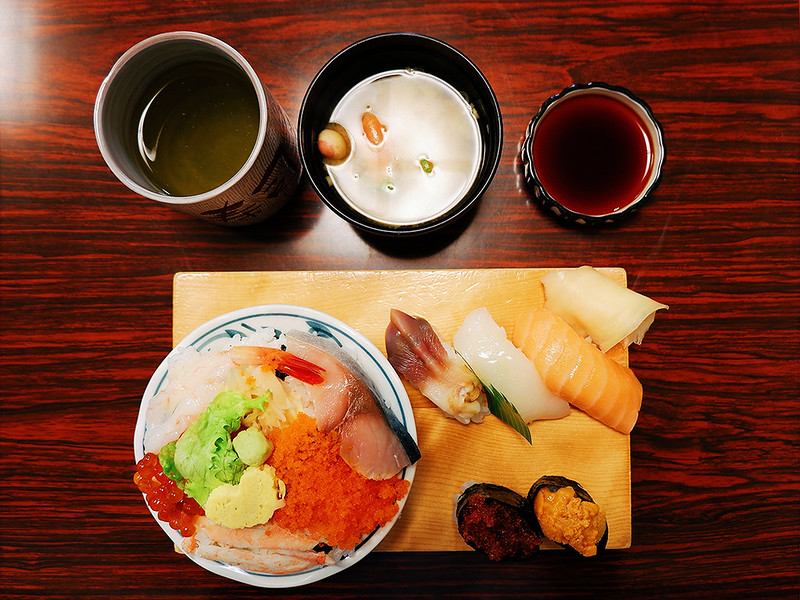

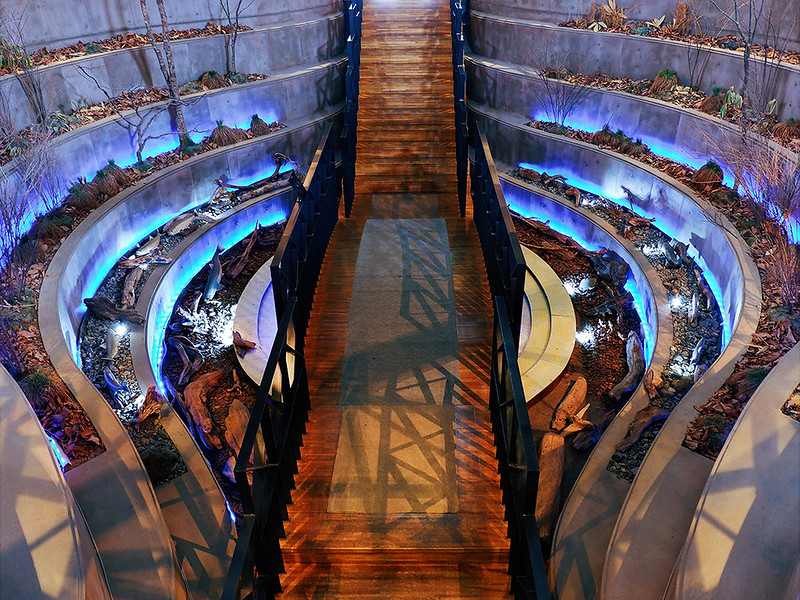





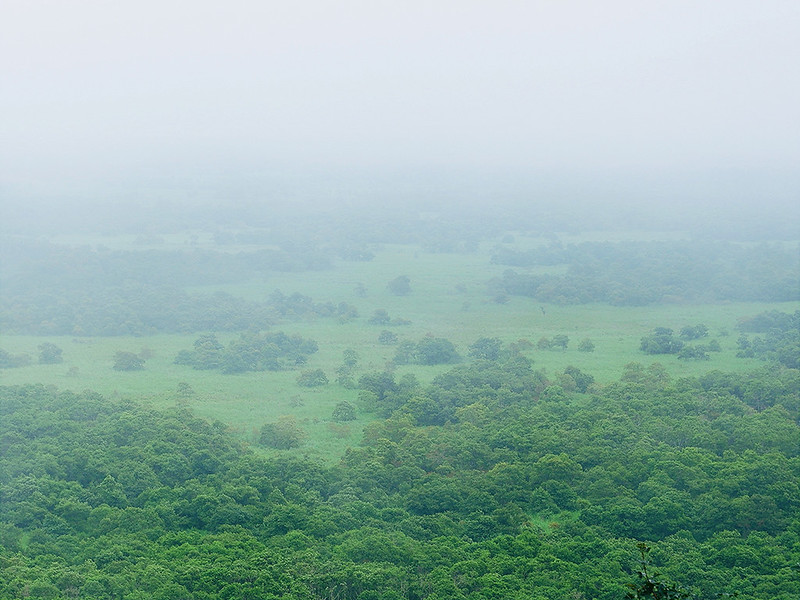





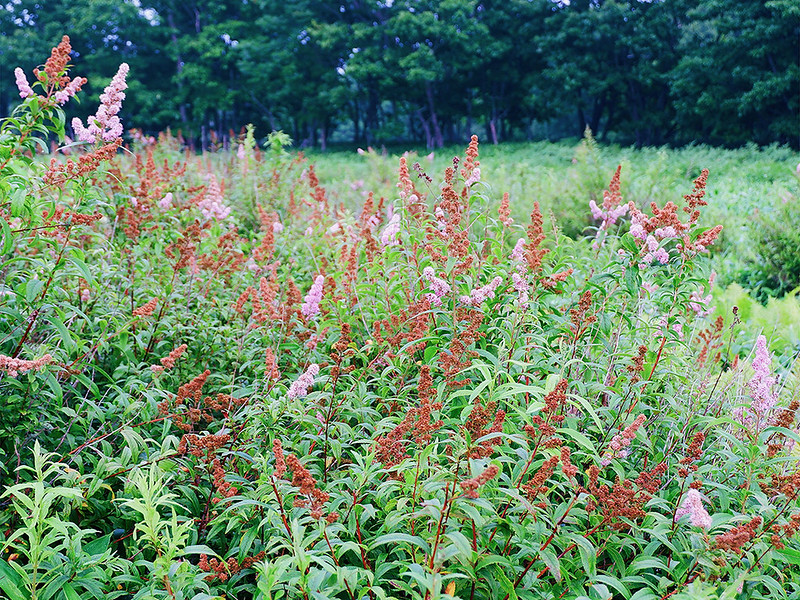




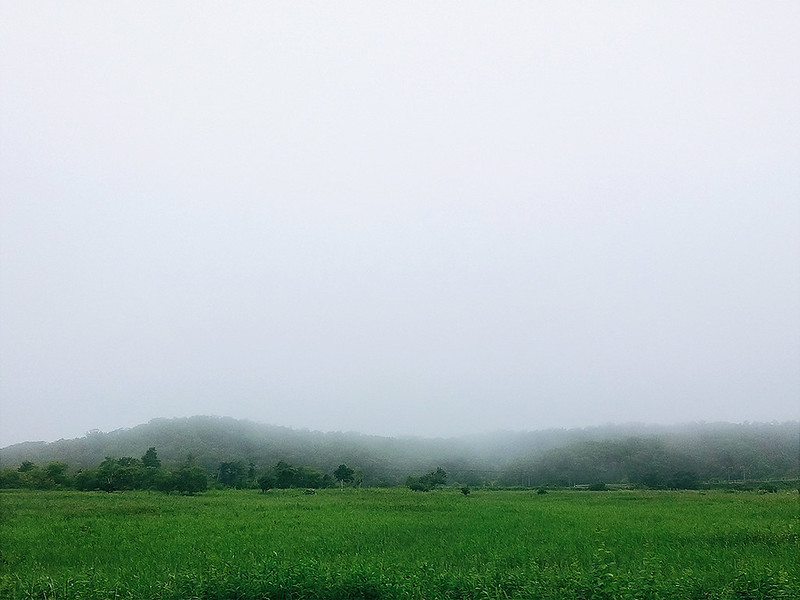

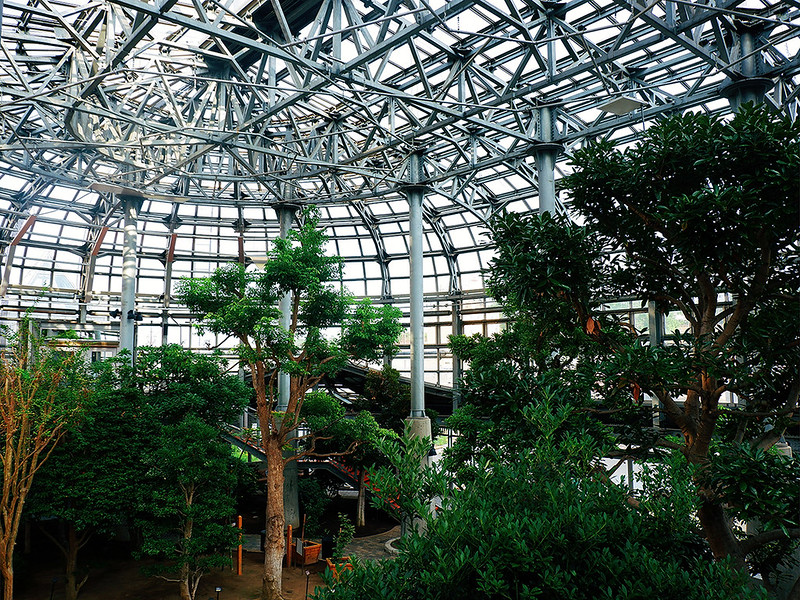
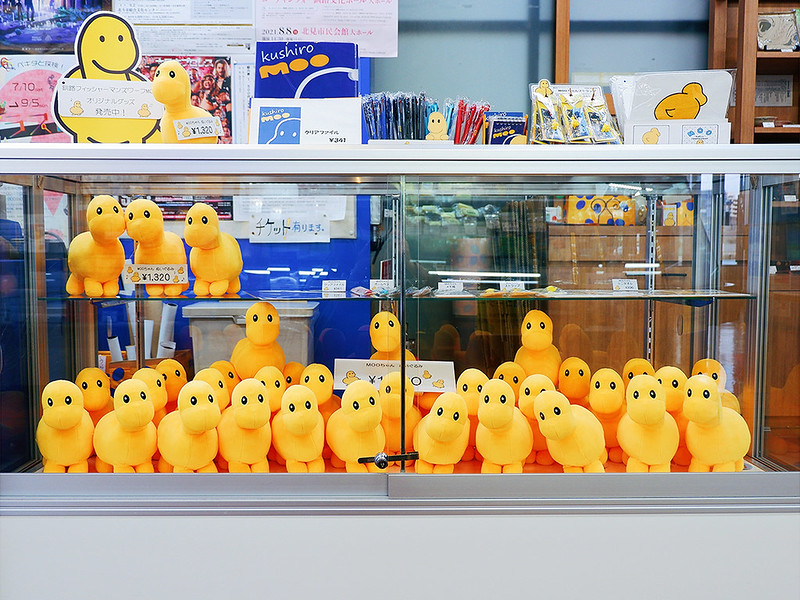






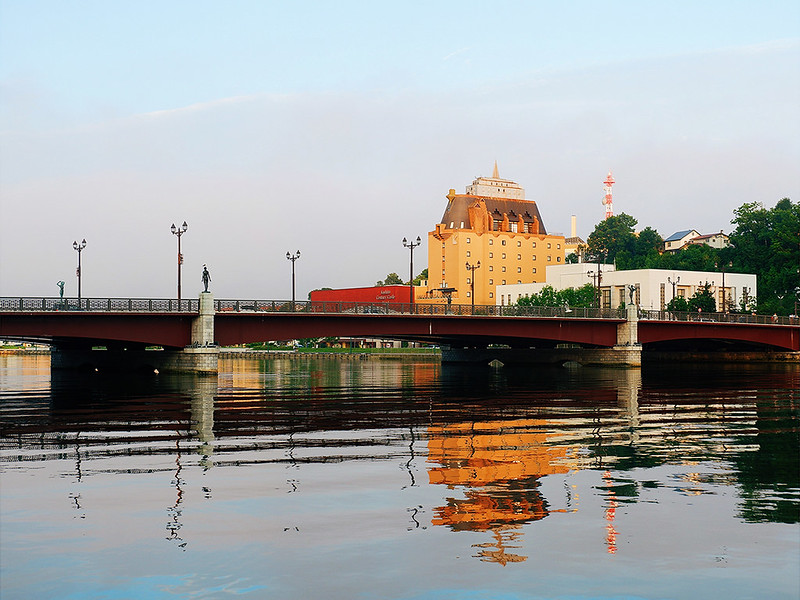


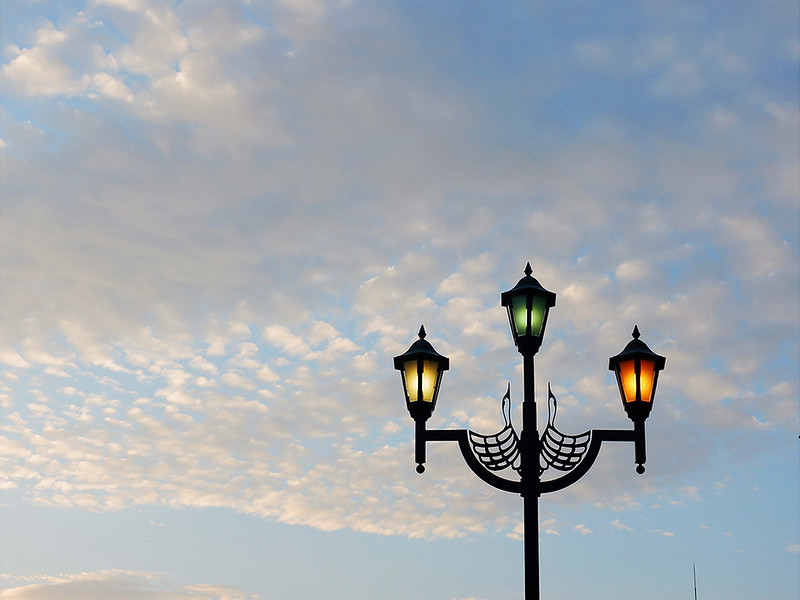


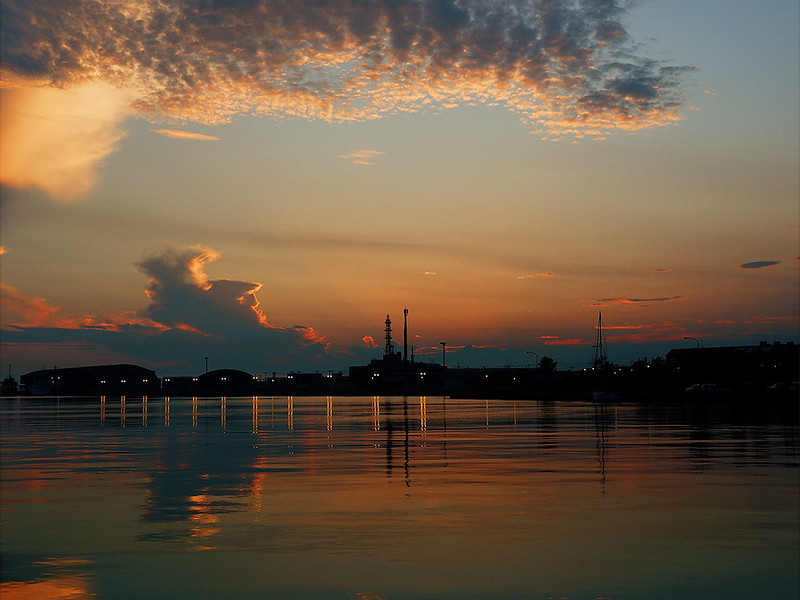


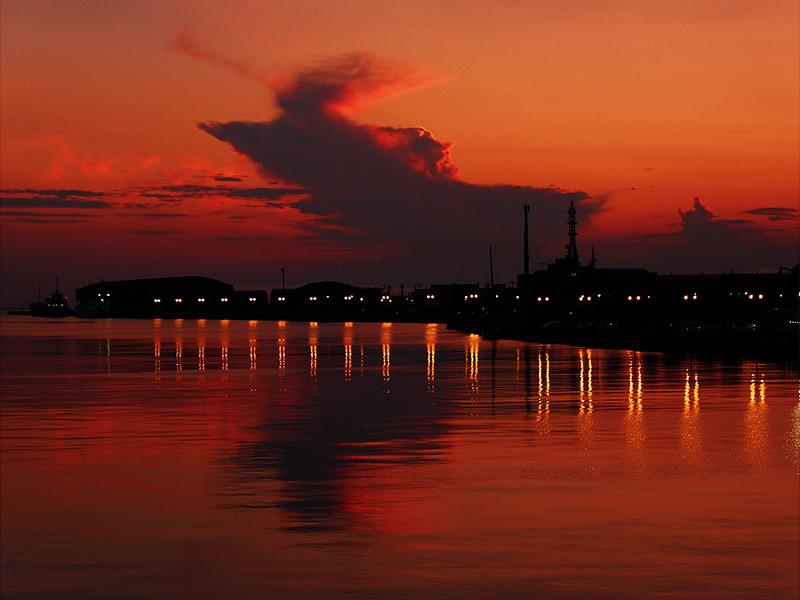


I loved your description of the fishing village in Japan. All of the food and meals you shared looked so special. The best way to get a know a place and its culture is through the food, so I’m glad you paid close attention to those details about the seafood.
LikeLike
Thank you very much for reading and commenting. I totally agree that food is one of the best ways to get to know a place and its culture, but due to budget reasons, I don’t usually try local food that cost more than 1,000 yen in Japan and that means I have missed out on quite a lot. However, with the mishaps during this trip, I decided to splurge a little and ended up really enjoying Kushiro’s specialties. If you ever visit this city, I hope you get to try their seafood too.
LikeLike
Great article, I really enjoyed reading through your mishaps in Eastern Hokkaido. I have also travelled in Eastern Hokkaido several times and have had my fair share of mishaps and bad luck. But Eastern Hokkaido is a land of magic and wonder and it makes it even more special when you finally get to see its beauty.
My first time in Kushiro I didn’t know about it’s famous sunset, and I was enjoying the rooftop onsen at La Vista when I noticed the most spectacular sunset I’ve ever seen. The next morning, the entire city was shrouded in fog. And, the temperature was quite cool despite being mid summer. What a city! Unfortunately in several subsequent trips I have yet to be able to capture Kushiro sunset with my camera (I didn’t have my camera with me in the onsen). I’m going back this year and am hoping for good luck!
LikeLike
Thank you very much for reading and sharing your story of Kushiro with me. How awesome it is that you have visited Eastern Hokkaido many times. Both my trips there were in summer and I want to see Eastern Hokkaido in autumn and winter one day. I really agree that Eastern Hokkaido is so magical and though we have to rely on our luck a lot when going there, the frustrating moments are still worth it and the wonderful moments always feel rewarding.
I googled La Vista’s location on Google Maps and it’s very close to Nusamai Bridge, which is the sunset spot. Though you didn’t get the photos, I’m glad you already saw the sunset in that area once. And it really is a city that’s not too hot or too cold as you observed (though in winter, I’m sure it’s still very cold, just probably not as cold as other Hokkaido cities). I wish you the best luck for your upcoming trip this year!
LikeLike
Hello! What camera are you using? I love it!
LikeLike